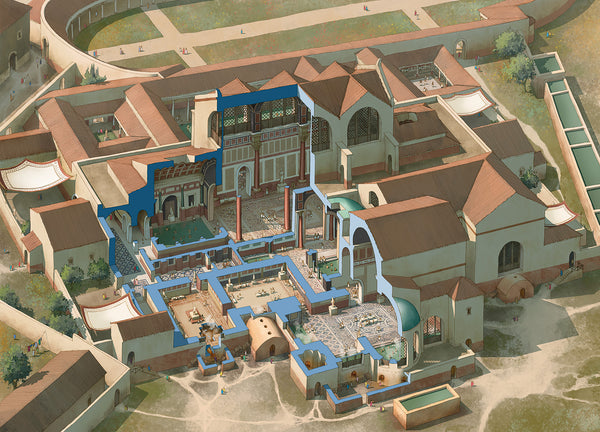The first volley
“An half hour before sunrise the Enemy came in sight, drove in our advanced posts, and as soon as they came in proper distance, our artillery began to play upon them.”
– Lt. Col. Johann Christian Senf

Having acquainted myself with the forces under my command, it’s time to come up with a proper plan. Ten months sounds like forever and a day, yet with urgent and demanding real life issues up ahead my project time is sparse. I will first focus on the troops already in my possession, which are artillery and some infantry. They are Wargames Foundry miniatures, which I love for their facial expressions. They really mix in well with Perry Miniatures AWI figures who will fill in the vacant slots in my command as the project progresses.
Now on to the artillery. I need to build two medium artillery elements and one light artillery element. The medium elements represent Captain Anthony Singleton’s 2nd and 3rd Maryland Continental Artillery Companies (aka the 12th Company of the Continental Artillery, or Singleton’s Virginia Artillery Company) who at Camden fielded four brass 6-pounders. The light element represents Captain Richard Dorsey’s 1st Maryland Continental Artillery Company (aka the 11th Company of the Continental Artillery, or Dorsey’s Maryland Artillery Company) fielding two brass 3-pounders at Camden. Gazing through my collection I found two 6-pounders and the lovely little ‘Grasshopper’ model of Wargames Foundry stock and to top it off I have ample suitable artillerists. The medium elements will have a crew of four, the light element a crew of three.
The figures are prepped and undercoated and I find myself facing some interesting options. Because the Continental artillery pieces originated from a variety of sources, they were painted in many different colours. How the gun carriages were painted seems to have depended very much on the availability of paint and wood stains. In general, Continental Artillery was painted in various shades of (dark) red, green, blue, (dark) yellow and sealed natural wood. Later in the war, French equipment became available and it was already painted French green, an olive green mixed from yellow ochre and small amounts of black. As the Brigade of Artillery received its new uniform in January 1780, I will put the crews in the regulation blue faced red coats, but will give a couple of them non-regulation breeches to suggest a bit of campaign wear and tear.
When the guns and figures are based, I plan to add ammunition boxes and other items of equipment which may be kept near the guns. But now it’s time for a drop of the old vino collapso before cracking on with the paint job!

